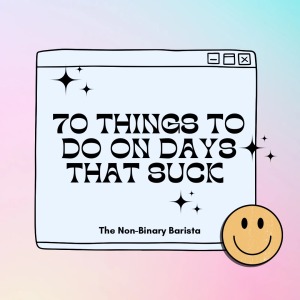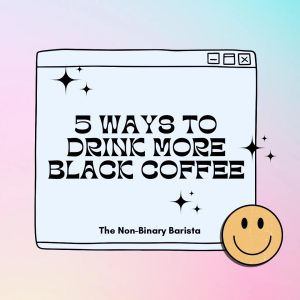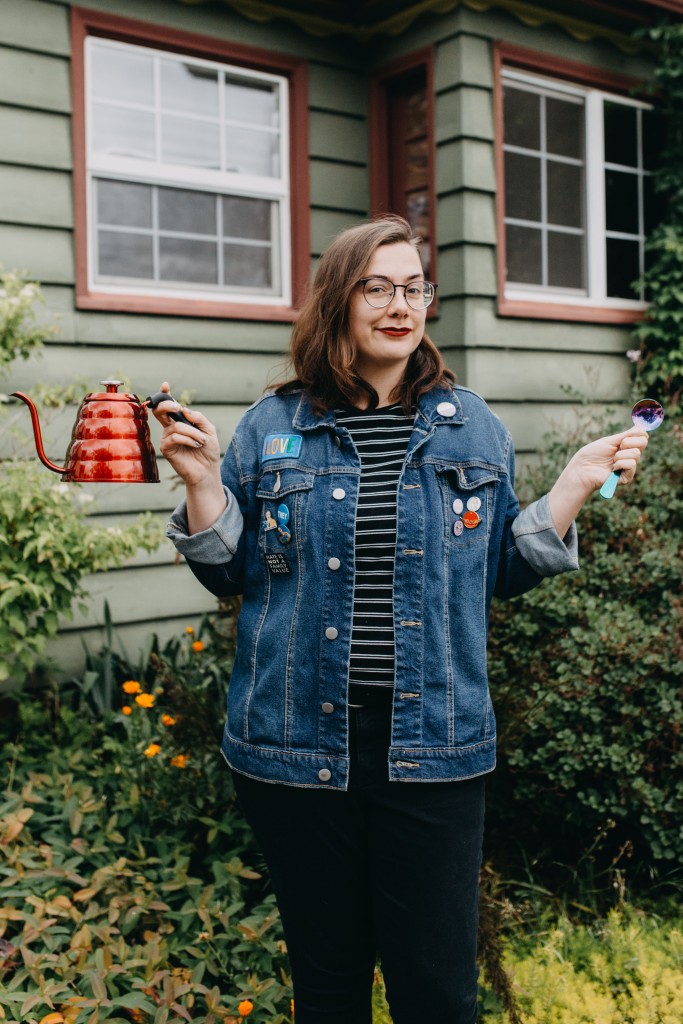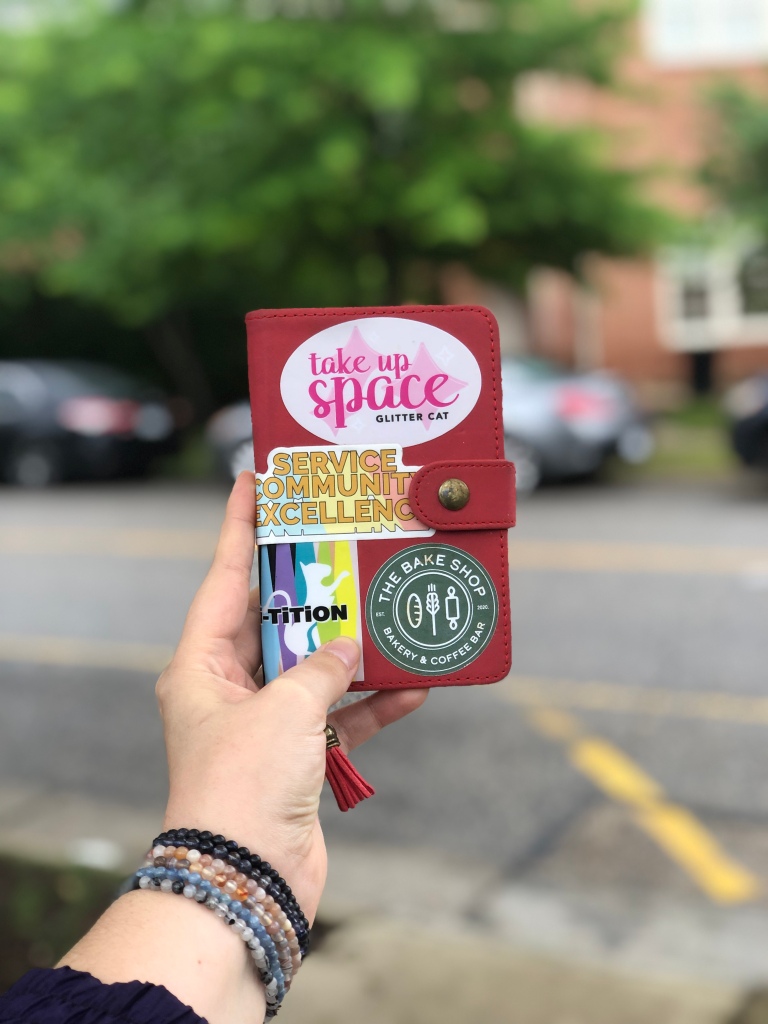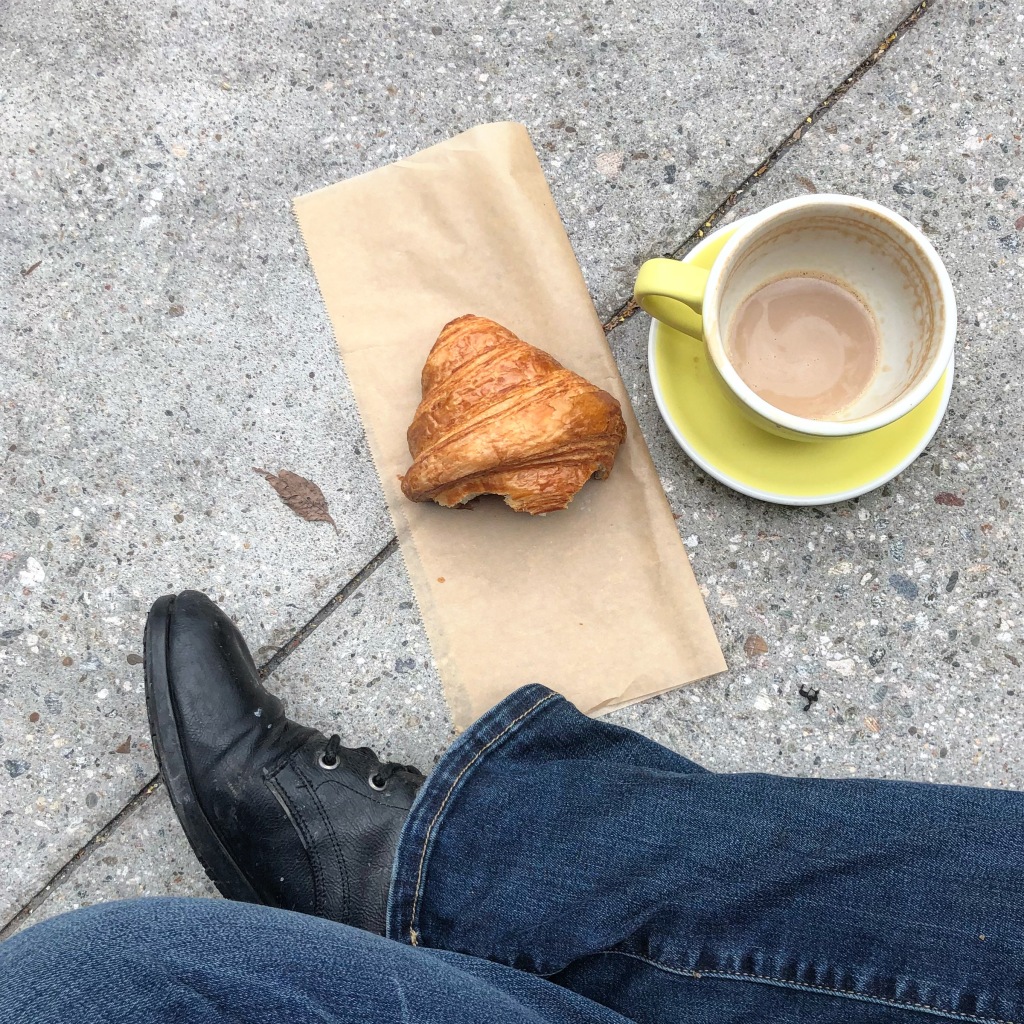Last year, during a visit with my family, I was explaining that I had just launched my shop’s latest seasonal drink menu and I could see some confused looks on my family’s faces. I explained that I created the drink specials, and they asked questions like where we bought our syrups from and if I contacted the syrup companies to make the flavors we featured. When I explained that we make all the syrups in-house and that my job is creating the recipes for those syrups, the look of shock on their faces was evident since most shops do not make their syrups in-house. Working in a place where I have the creative freedom to build a coffee menu from the beans to syrup to SOP (standard operating procedures) documents is what I’ve been looking for in the industry and where I’ve found my groove in my local scene. I got asked about my creative process on Instagram and so many of my regulars at my shop ask how I create my drinks so I figured it was high time that I write about my creative process when creating signature beverages and seasonal menus.
Find Your Key Recipes First
I started syrup making in 2020 when the rest of the world was getting into sourdough bread making, but I have learned so much since those first few syrups and the syrups that I make at my current job. Making syrups for yourself versus making them on a production scale are vastly different experiences and I learned quickly that you don’t have to reinvent the wheel every time. Take your time figuring out the ratio of sugar to water that you like, what thickeners work best with certain types of syrup, and really get a handle on the basics like simple, chocolate, and caramel to better understand how to riff later.
Don’t Compete With Big Chains
One of my former bosses once told me, in July, that we had to get a Pumpkin Spice Latte out in August because we were already falling behind Starbucks. This one conversation made me rethink how I wanted to run a drink specials program because here’s the thing: you will never be able to compete with big chains. They have marketing departments, crazy advertising budgets, and whole test kitchens. Whatever drink special that you would like to have on the menu, whether it be a seasonal favorite like Pumpkin Spice or a new flavor that you come up with, let it be on your own schedule and let it be your own. Whatever you make should be something that you want to feature and should draw customers to your business but, if you try to recreate what others do, then customers will often just go to the places they already know.
Think About What You Like
When approaching the upcoming seasons, think about what you like during that season. Not just flavors like chocolate, pumpkin, or mint, but actual seasonal foods you like to eat. For Halloween this year, I created a Cookies and Cream syrup because I always look forward to when the orange-colored cream Oreos hit the shelves. I often take inspiration from ice cream flavors, seasonal desserts, and what feelings I want to invoke. During summer, it is always a challenge to create a drink that is both refreshing and doesn’t weigh you down in the summer heat so I tend to explore flavored americanos or cold brew specials. Lattes, meanwhile, take center stage come winter when most people want a little more sweetness and to feel cozy during the cold. Favorite foods and spices make not only unique drinks but set your drink menus apart because they are a reflection of you.
Don’t Dismiss Testing
Recipe testing is vital but it can often be overlooked for the sake of getting new syrups on the menu or trying to reduce waste. Not only should a test of a new drink be done to see if it tastes good, but testing can also reveal unforeseen problems. If a drink special can be done hot or iced, test it both ways to ensure that both have the same or comparable level of sweetness because the temperature can affect the mouth’s ability to perceive sweetness and flavor.
New syrups with special ingredients can also change the composition of the drinks. In the last couple months, I had two drinks that I realized after putting on the menu had to be served with non-dairy milks due to the reaction of some of the ingredients with dairy milk. One syrup, an Apple Spiced Cheesecake syrup that featured green apple puree reacted to dairy milk similar to the way that the acids in lemons react with milk and curdled steamed cow’s milk upon contact (an iced version of this latte could be served though). Similarly, the cookies and cream syrup that I made used chocolate powder that had been treated with Alkaline making the dairy milk unable to hold its froth and it just became a bubbly mess. They all tasted fine, but adjustments had to be made in testing, and restrictions put on how customers could order them to compensate for those issues.
Take Inspiration, Not Ownership
With so many flavors to choose from, I try to be very conscious of what flavors I can put on the menu and which ones are not mine to make. It can be easy to look at exotic flavors, especially ones that I like, and think I can make a drink with that. However, there is a growing trend of shops of all white employees putting on syrups or drink specials that are made popular at these shops but are dismissed when made by the people whose culture and country serve flavors like that every day. While I love flavors like horchata, Mexican mochas, ube, and taro, so often these are flavors that are popular in upscale white neighborhoods but are seen as quaint cultural flavors (at best) or odd and concerning flavors that should only be tried if one is “bold” enough (at worst).
I believe that there is a certain ownership that one takes on when they put a drink special forward, that this drink that is being presented is your creation. If you are copying flavors or thinking that “why can’t I do it too,” it isn’t your drink to sell.
Does that mean you can’t ever use any flavor combination that is celebrated and featured in countries and cuisines that are not native to you? Not necessarily, but remember to take inspiration from those flavors, not ownership.
Think About How Much You Realistically Have Time For
When I’m crafting my seasonal beverages, I also have to keep in mind what my shop is going to look like during those seasons such as if it is our busier or slower season, if we will have the staff on hand to devote to making more intense syrups than just dump and cook style syrups, and what will be readily available with our distributors (for instance, last holiday season, we could not get cinnamon sticks for months).
At my shop, summer is our slower season so I like to put drinks like shakeratos (iced lattes shaken in a cocktail shaker), sparkling Americanos, and other drinks that take slightly more time to make because we have less of a constant line in the shop and we can focus on those handcrafted drinks. Meanwhile, during the school year of the college right down the street, streamlining the drink preparation is key because our line is out the door and constant most days from opening till closing. If the syrups take too much time to make or the drink itself has a lot of steps, it can slow down the ticket times and we often run out of that drink. Finding that balance between time management and keeping good flavors on the menu can be tricky but it is all in the planning.
The last thing I will say is to have fun with it. Crafting new drinks should not keep you up at night and most people aren’t looking for the fanciest or most complicated drink. They just want something that tastes good. If you can give them that, then you have succeeded.

